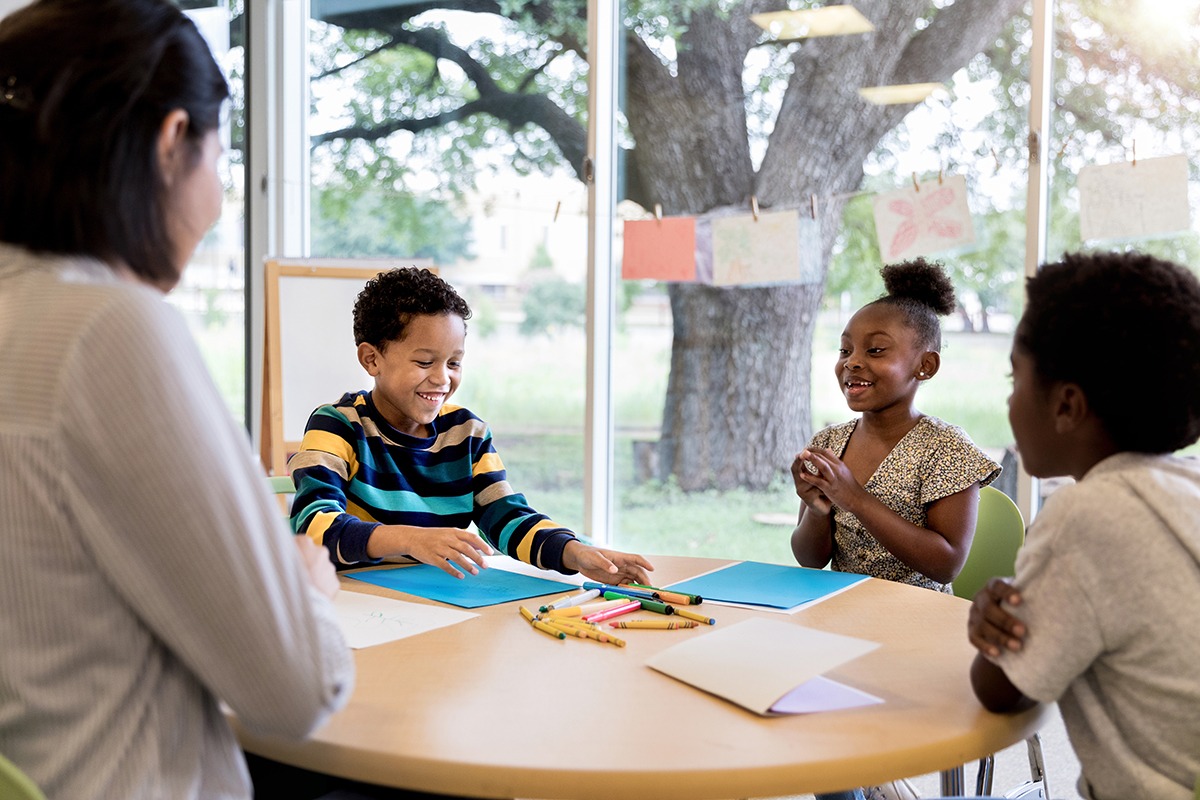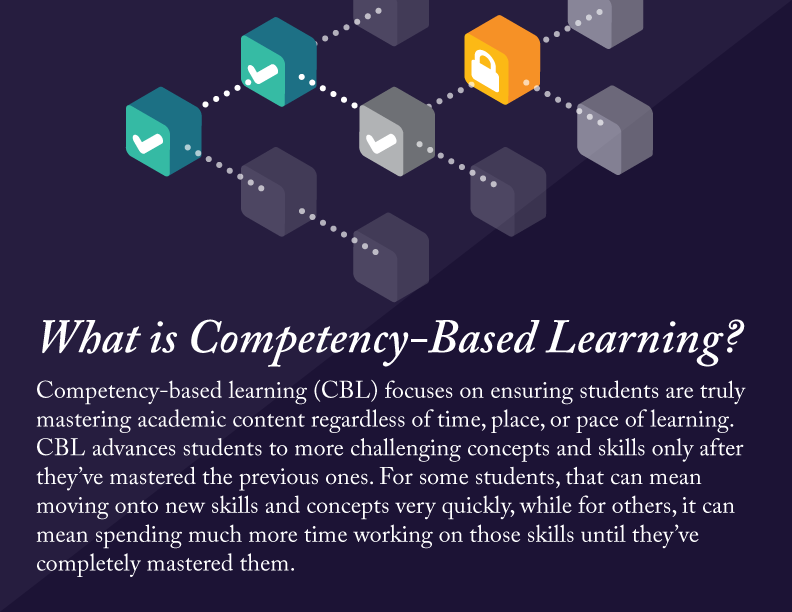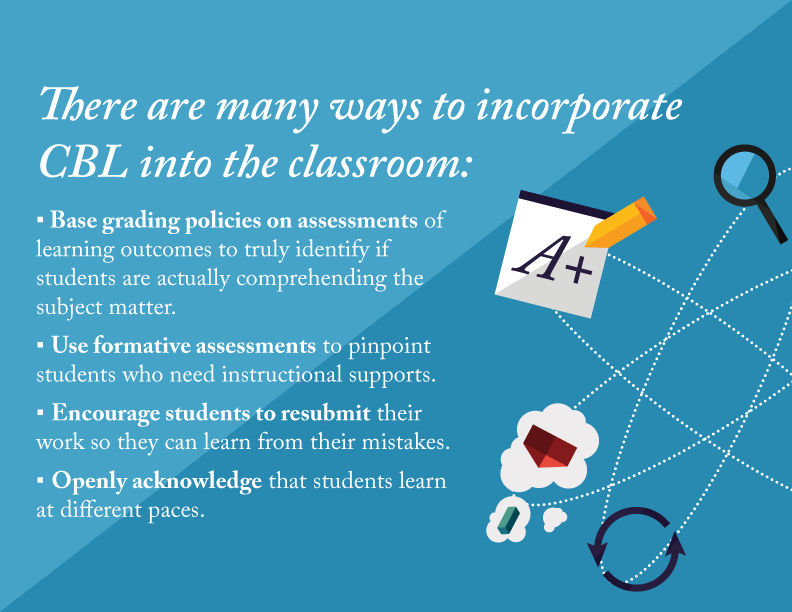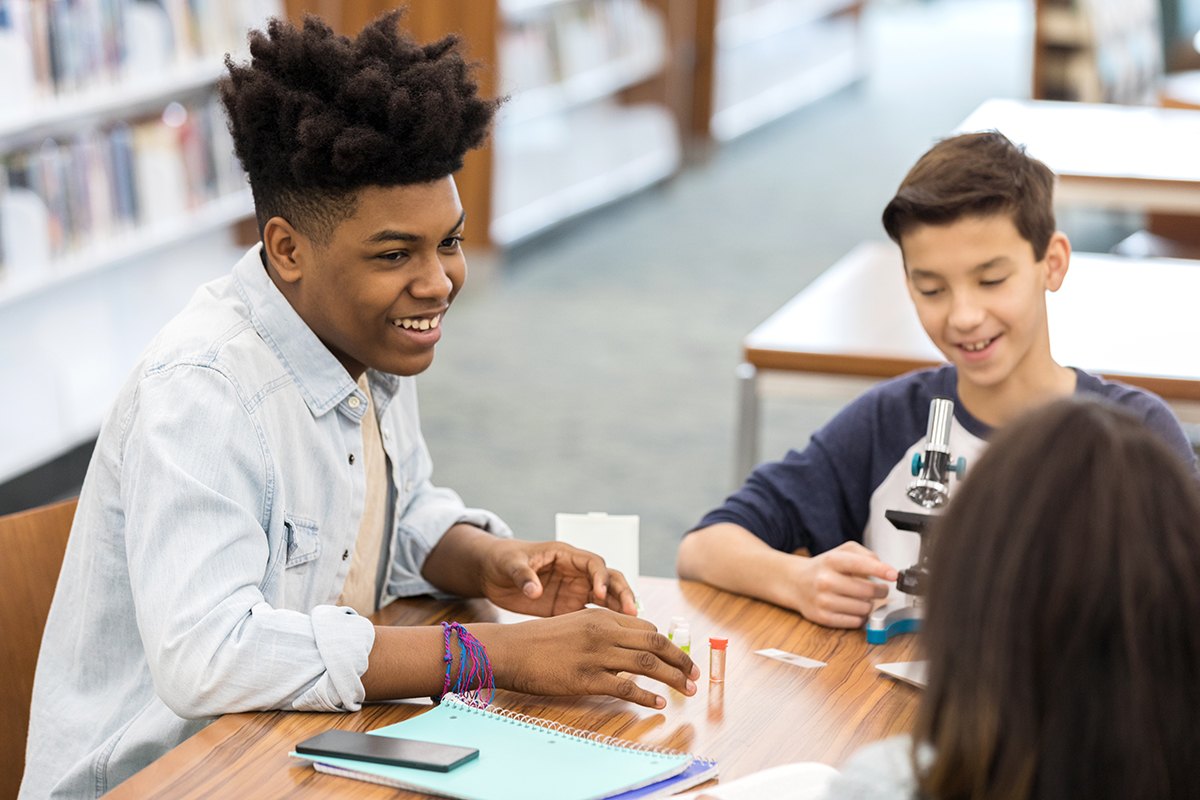November 20, 2019 8:00 am
Teaching Students to Persevere
How can we encourage students to “stick to it” when they are in a world full of more interesting distractions?
Whether they learn in a virtual or traditional classroom, students have to actively choose to work toward the long-term goal of building knowledge instead of playing or watching TV, both of which can be more appealing than schoolwork. And knowing the long-term benefits of completing an activity is not always enough for children (or adults) to make the right choice.
That’s why teaching students to persevere is so important, and one way to do that is to teach them about self-distancing. This technique encourages students to take an outsider’s perspective of the task at hand. Encouraging students to think about their situation differently helps to remove the emotional connection to the decision-making and situation. So instead of making a decision based on what looks to be more fun and exciting, students can make a decision based on what their favorite character, hero, role model, etc. would do.

Teaching Students to Persevere with Self-Distancing
1. Start by teaching students to take an outsider’s perspective.
Younger students, in particular, benefit by imagining themselves as their favorite hard-working character or superhero. Because younger children already love to pretend and role-play, doing this is pretty natural and fun for them. Another way to refer to this is the Batman Effect—to remember what self-distancing is, just ask yourself, “How would Batman solve this problem?”
Older students find it helpful to talk to themselves in the third person. Instead of using personal pronouns like I, you, and me, switch to using first names or third-person pronouns. Instead of, “I am so bored by Algebra class,” try, “Is Ashley focused and working hard?” This strategy is often referred to as self-talk; you can even try it for yourself!
2. Have students pretend they are giving advice to a friend.
Ask students to think about what they would say to a friend in the same situation. If their friend was struggling to complete their homework, would you encourage them to browse social media instead? Probably not!
3. Ask students to think about how they would feel about the situation in the future.
Choose a time frame that makes sense for the situation, and ask students to consider how they might feel about the decisions they are making tomorrow, next week, a month from now, etc. Sometimes remembering that the negative emotions we are experiencing now are not permanent helps to put things into perspective. Using one of these simple shifts in language is often powerful enough to help students see challenging situations as conquerable instead of threatening or insurmountable.
Self-Distancing in Action

Why Teach Students Self-Distancing Techniques?
Students who can self-distance are better able to focus on long-term goals and resist distractions when working to reach those goals. This is true not just for their school lives; it helps in their personal lives, too. By distancing themselves from the emotional implications of a situation, students learn to cope with negative reactions in a much more productive way.
This technique allows students to better understand their own reactions and decisions, and being able to exhibit self-control in situations helps to build both perseverance and self-esteem. Encouraging students to practice self-distancing also helps them to understand their emotions without letting the emotions take over. That’s why teaching students to persevere by practicing self-distancing is a great way to shape students into people who can be counted on by others.
SOURCES
EVA, A. L. (2017, SEPTEMBER 12). FOUR WAYS TO GAIN PERSPECTIVE ON NEGATIVE EVENTS. GREATER GOOD MAGAZINE. RETRIEVED FROM HTTPS://GREATERGOOD.BERKELEY.EDU/ARTICLE/ITEM/FOUR_WAYS_TO_GAIN_PERSPECTIVE_ON_NEGATIVE_EVENTS
HARRIS, S., ABDULLAH, M., & WHALEN, K. (2019, AUGUST). HOW TO NURTURE STICK-TO-ITIVENESS IN KIDS. GREATER GOOD MAGAZINE. RETRIEVED FROM HTTPS://GREATERGOOD.BERKELEY.EDU/VIDEO/ITEM/HOW_TO_NURTURE_RELIABILITY_IN_KIDS
WHITE, R. E., PRAGER, E. O., SCHAEFER, C., KROSS, E., DUCKWORTH, A. L., & CARLSON, S. M. (2017). THE “BATMAN EFFECT”: IMPROVING PERSEVERANCE IN YOUNG CHILDREN. CHILD DEVELOPMENT, 88(5), 1563–1571. RETRIEVED FROM HTTP://SELFCONTROL.PSYCH.LSA.UMICH.EDU/WP-CONTENT/UPLOADS/2016/12/CDEV12695.PDF_JSESSIONID9A14126FF0E062AD942DD3C3CEE26155.F04T03.PDF






